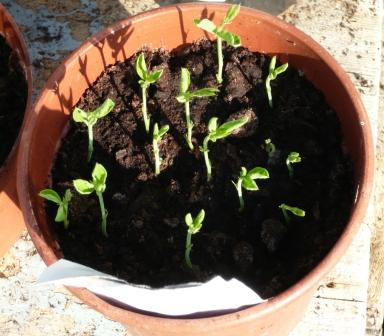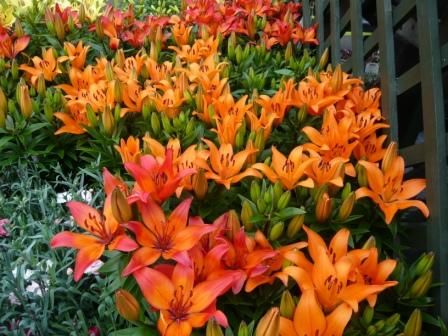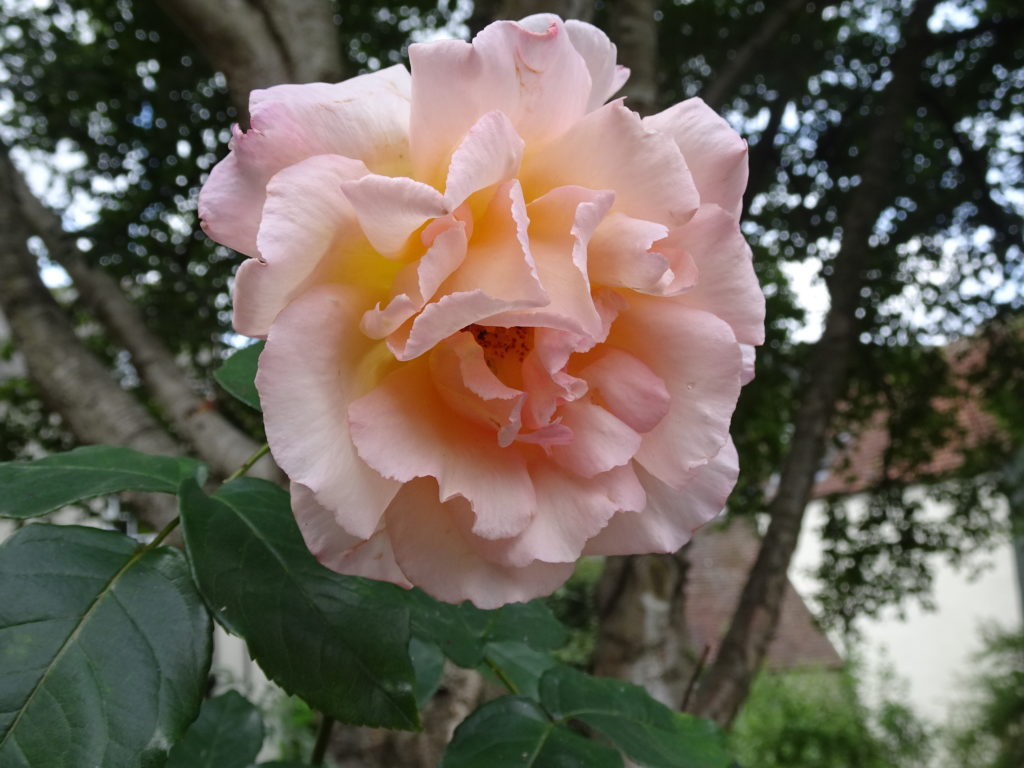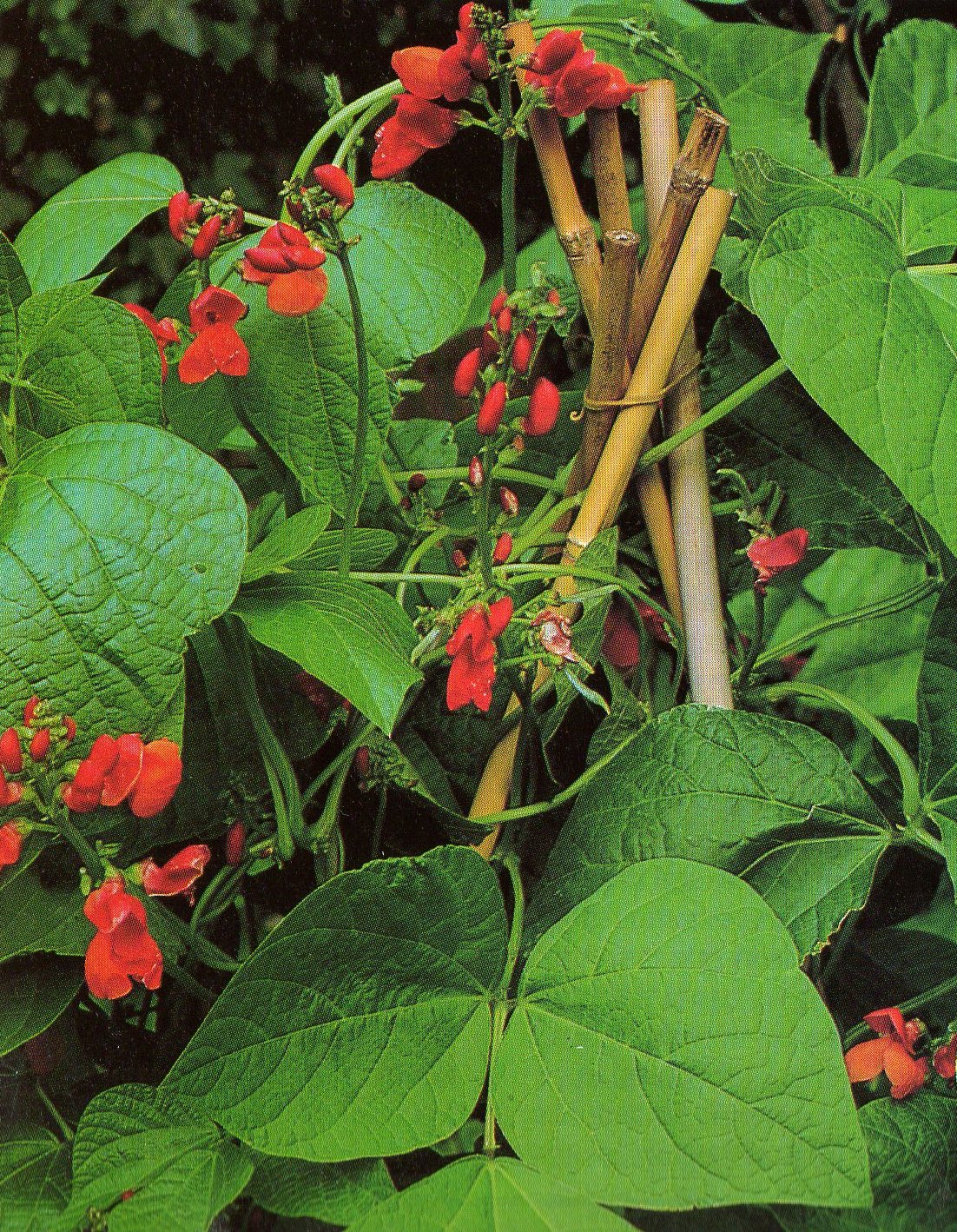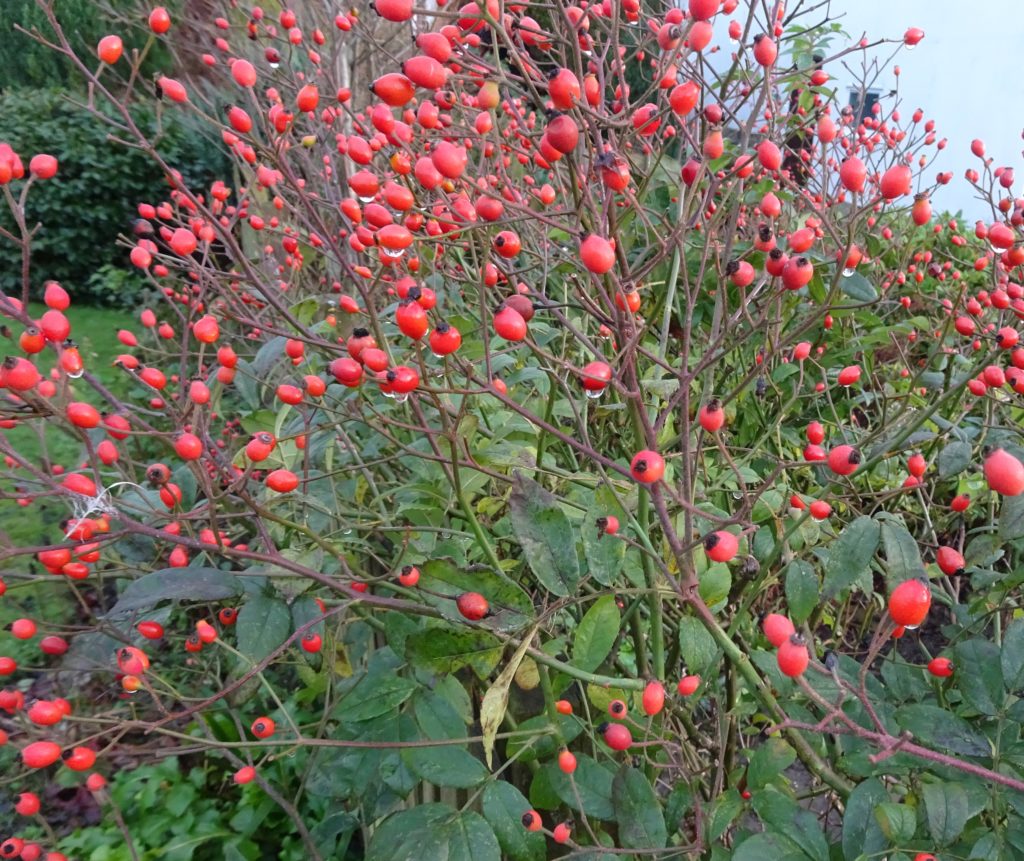A Quick Spruce Up
I am not thinking of a Spruce conifer but an early smarten up and tidy of your garden. Here are some instant and relatively easy wins.
- Â Initially focus on areas you can see from your windows and main viewing points. Then tidy, trim and weed even if it is still wintery.
- Turf out any old pots, hanging baskets or unsightly remnants that will never look as good again.
- Give borders a 10 minute make over to remove the worst looking offenders.
- Brush paths and tidy hard landscapes.
- If time and weather permits cut your lawns on a high setting for the first time this year
- Renovate and fill any bird feeders.
- Paint or clean garden furniture

Other quick improvements to your gardening enjoyment include:
- Treat yourself and garden to some seasonal gap filling plants such as bulbs or primulas.
- Plan or start a new project to give a bit of style to an area in your garden.
- Put some peat around ericaceous plants like rhododendrons and camellias and reapply bark chippings to improve appearances.
- Start your spring shopping with seeds or seedlings if you can protect them from frost.

